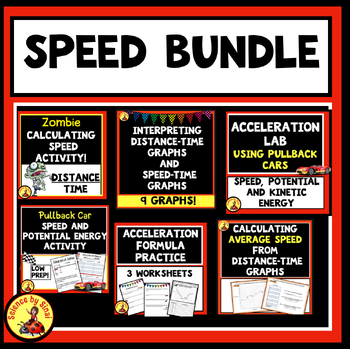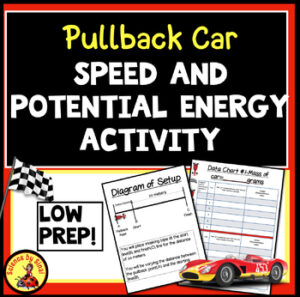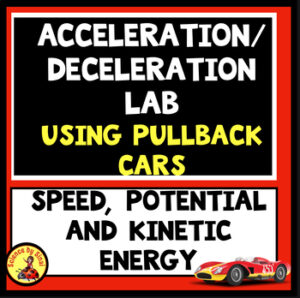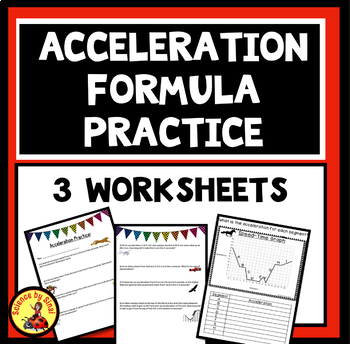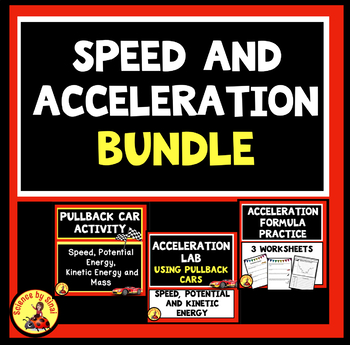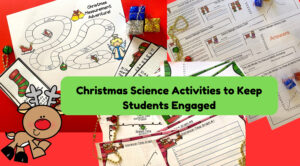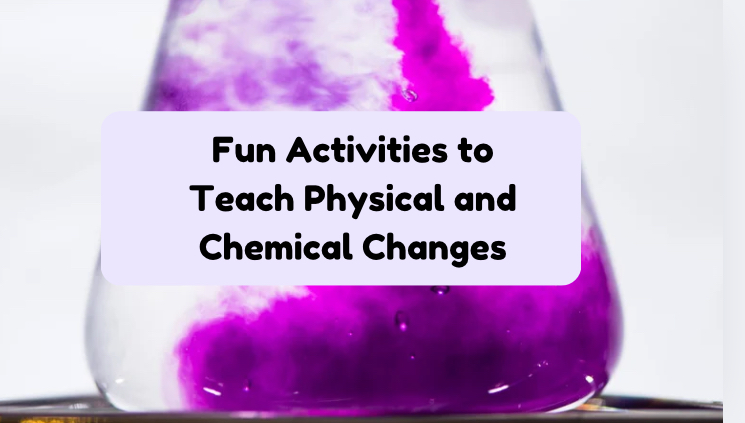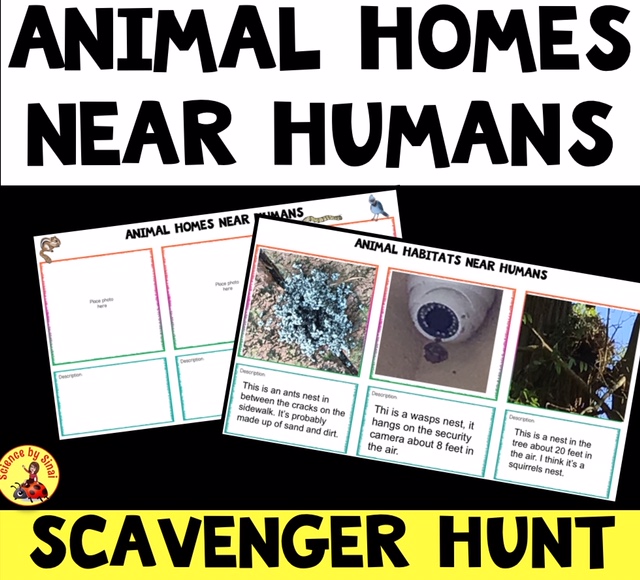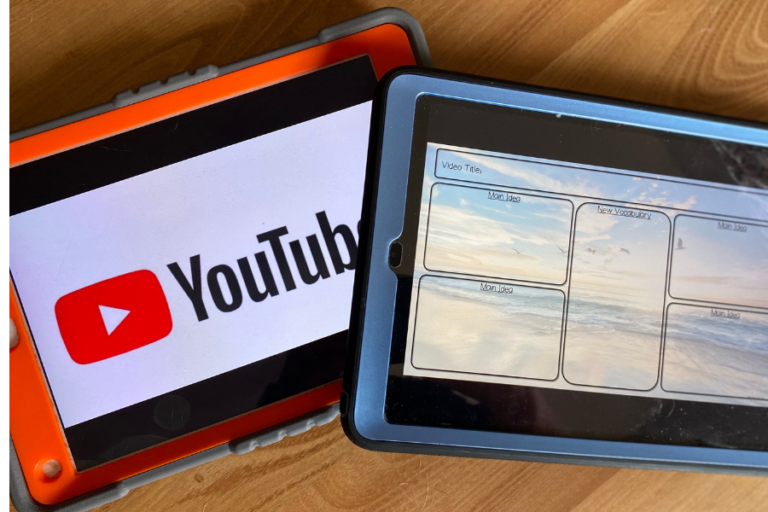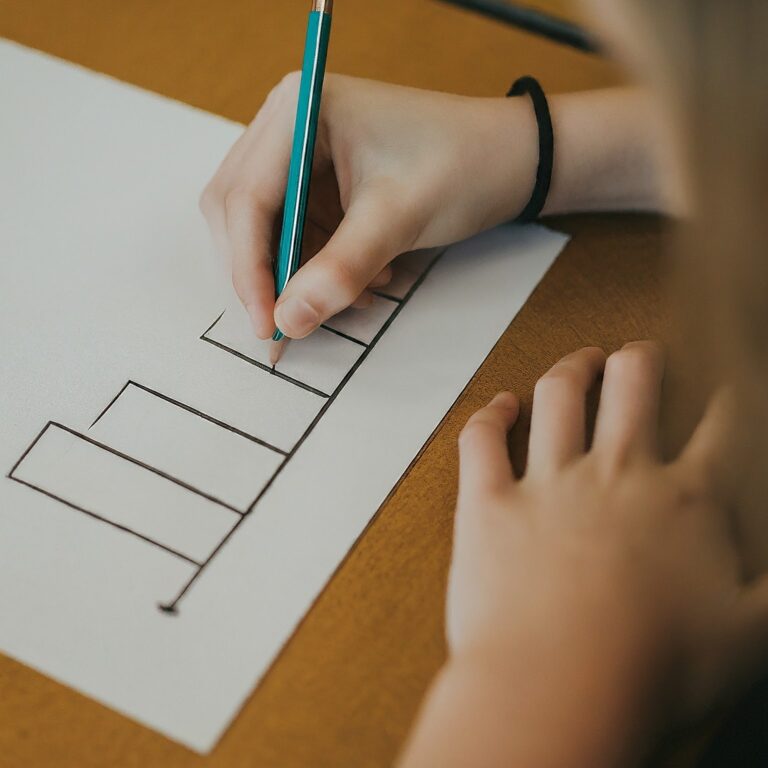Make Speed and Acceleration Labs Fun with Pullback Cars!
Are you looking for ways to teach speed and acceleration, including their relationship to mass, potential and kinetic energy? Are you teaching the Laws of Motion and NGSS MS-PS2-2?
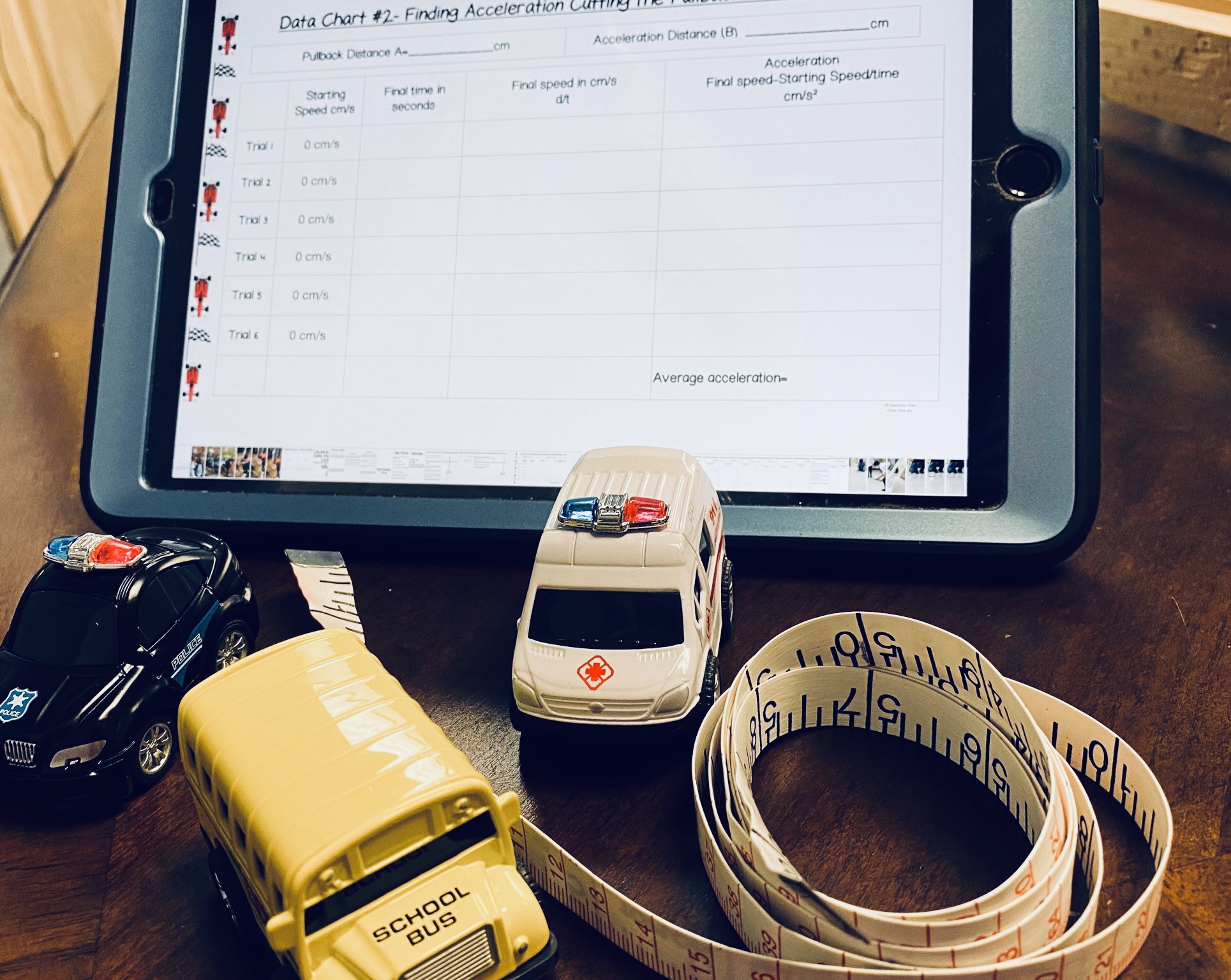
Make Speed and Acceleration Labs Fun with Pullback Cars!
Feb 2021
This standard states:
“plan an investigation to provide evidence that the change in an object’s motion depends on the sum of the forces on the object and the mass of the object”
Using inexpensive pullback cars will have your students engaged along with bringing many concepts into the activities! What kid doesn’t like to get down on the floor and play with fast cars?
Best Pullback Cars to Use?
Go for a little bit more quality for this purchase, although it is still inexpensive. I have found that the metal cars tend to hold up better year to year than the cheaper plastic ones. You will also need to be careful not to purchase pullback cars that do a 360 spin! I found that out the hard way. After a lot of searching I found these were the best choice. (I do get a very small amount of commission if you purchase through this link)
Speed, Mass and Potential Energy Relationship Activity
I do two separate speed and acceleration labs using pullback cars. The first one is a two day lab having to do with the relationship between speed, mass and potential energy. Students start by loading all of the procedure, data, and reflection slides into their digital science notebooks.
We first lay out a course on the floor with tape, and do tests to find the pullback distance that makes the car go the fastest. After six runs we then change the pullback distance to look at a different amount of potential energy given to the cars.
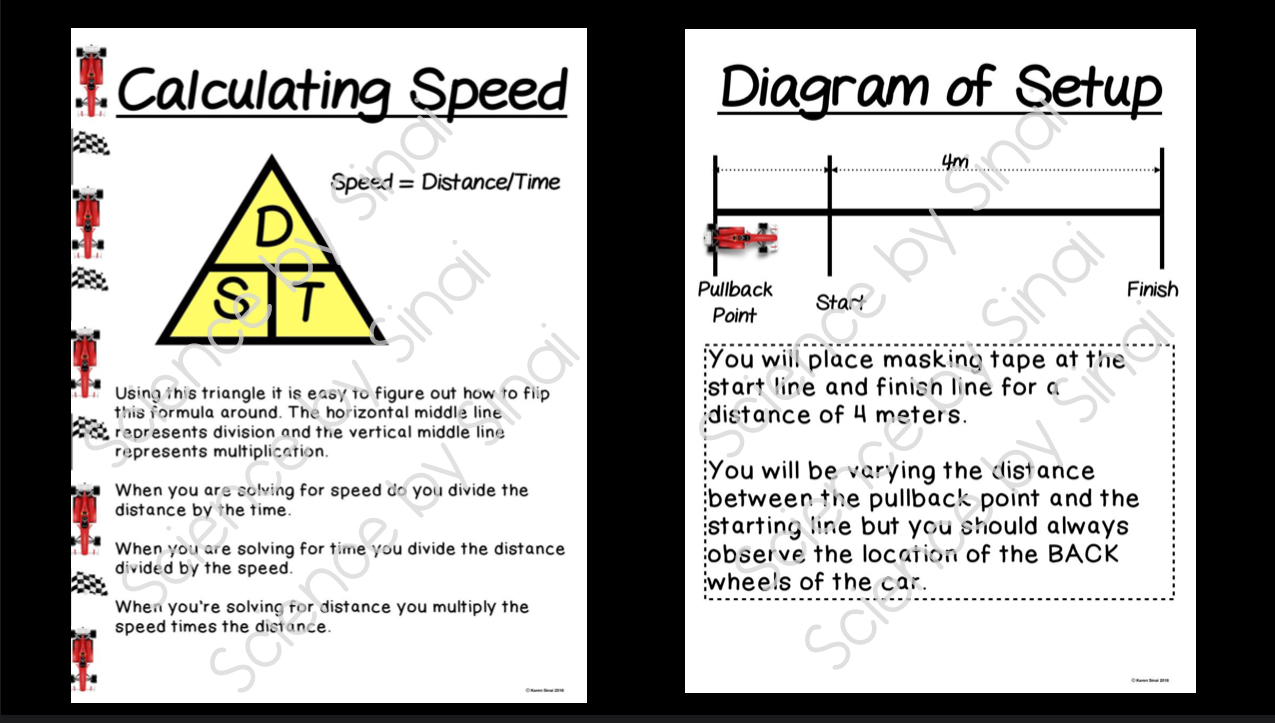
After the first two sets, we add mass to the cars as an extra variable. I usually have them tape mass pieces to the car’s roof and we find the overall mass. We repeat the same procedure as the first sets, cutting the pullback distance and filling out the data charts.
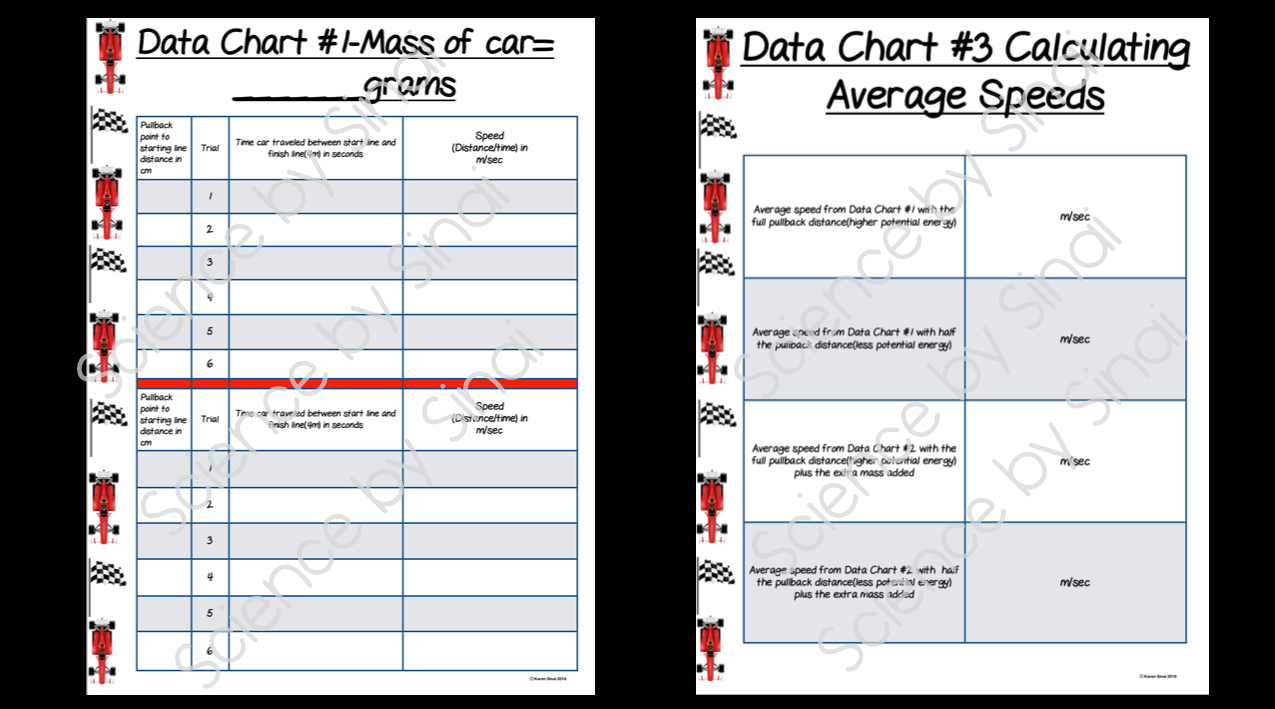
I have them conclude with the reflection questions, but this year I also had them complete a CER template (see my blog on Critical thinking with CER) about several aspects of the lab. We refer back to this activity for several weeks during the laws of motion unit. It just has so much substance!
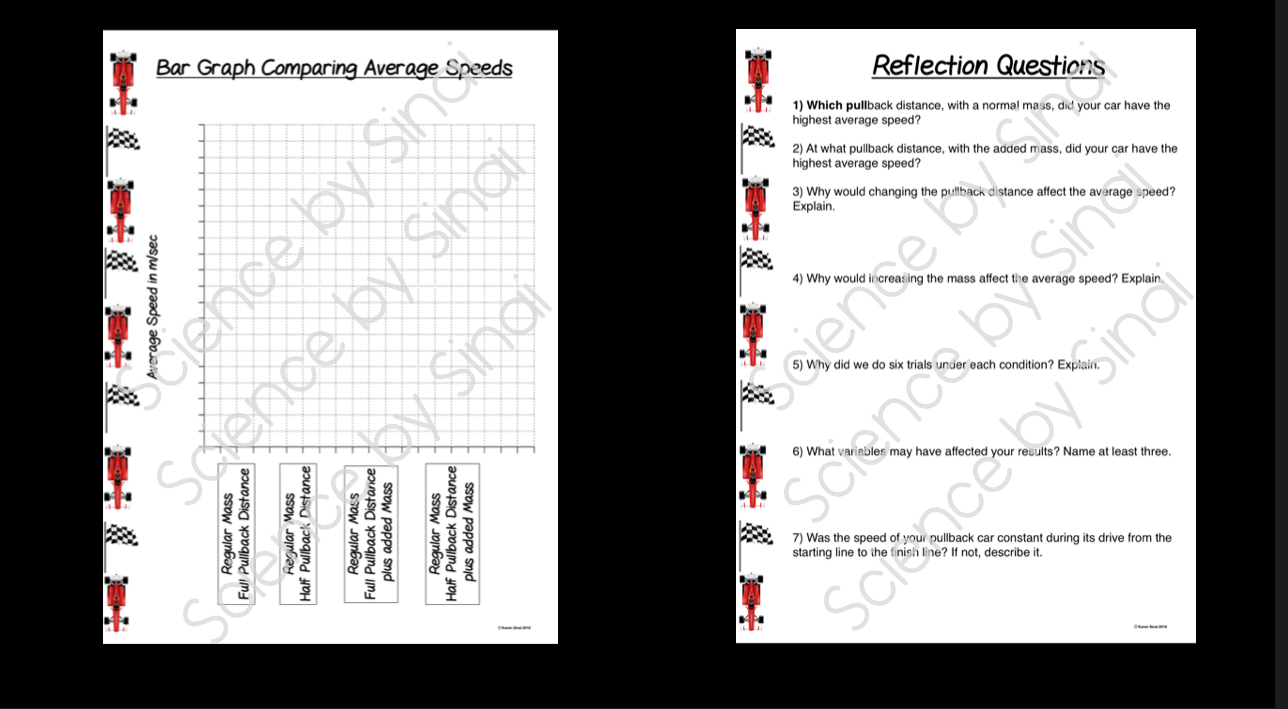
Finding Acceleration with Pullback Cars
The second activity is similar to the first one, but this time they are testing for the rate of acceleration. We determine how changing the amount of potential energy (by altering the distance the car is pulled back) affects the acceleration rate. This two day lab also deals with measuring the deceleration rate. They learn the formula for acceleration: (Final Speed – Starting Speed) / Time.
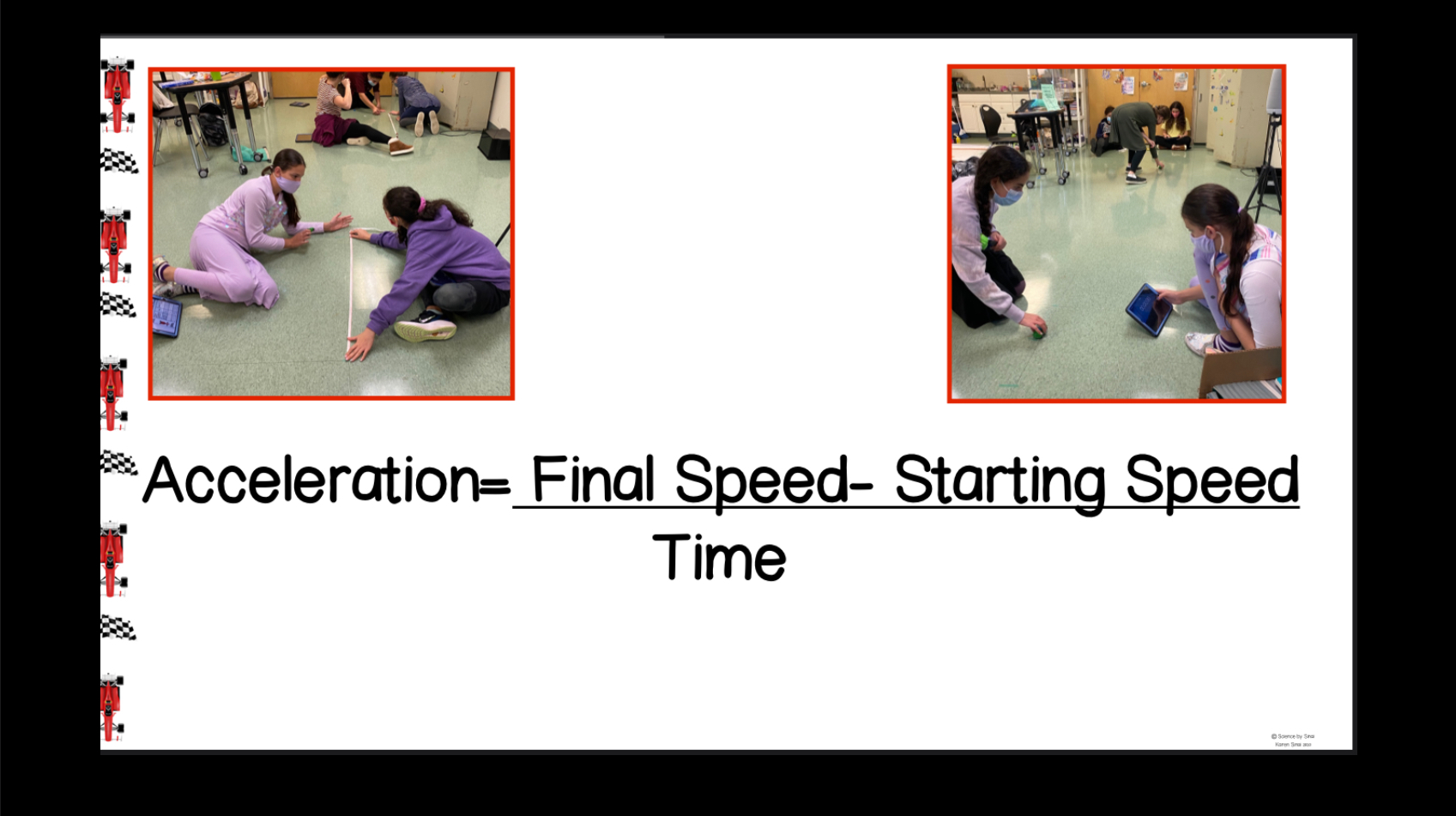
We lay out a course and set a pullback distance. We use the starting speed of 0 cm/s² which makes their first time using the acceleration formula easier. They do this with a full pullback distance and then we cut it in half to see if less potential energy affects the acceleration.
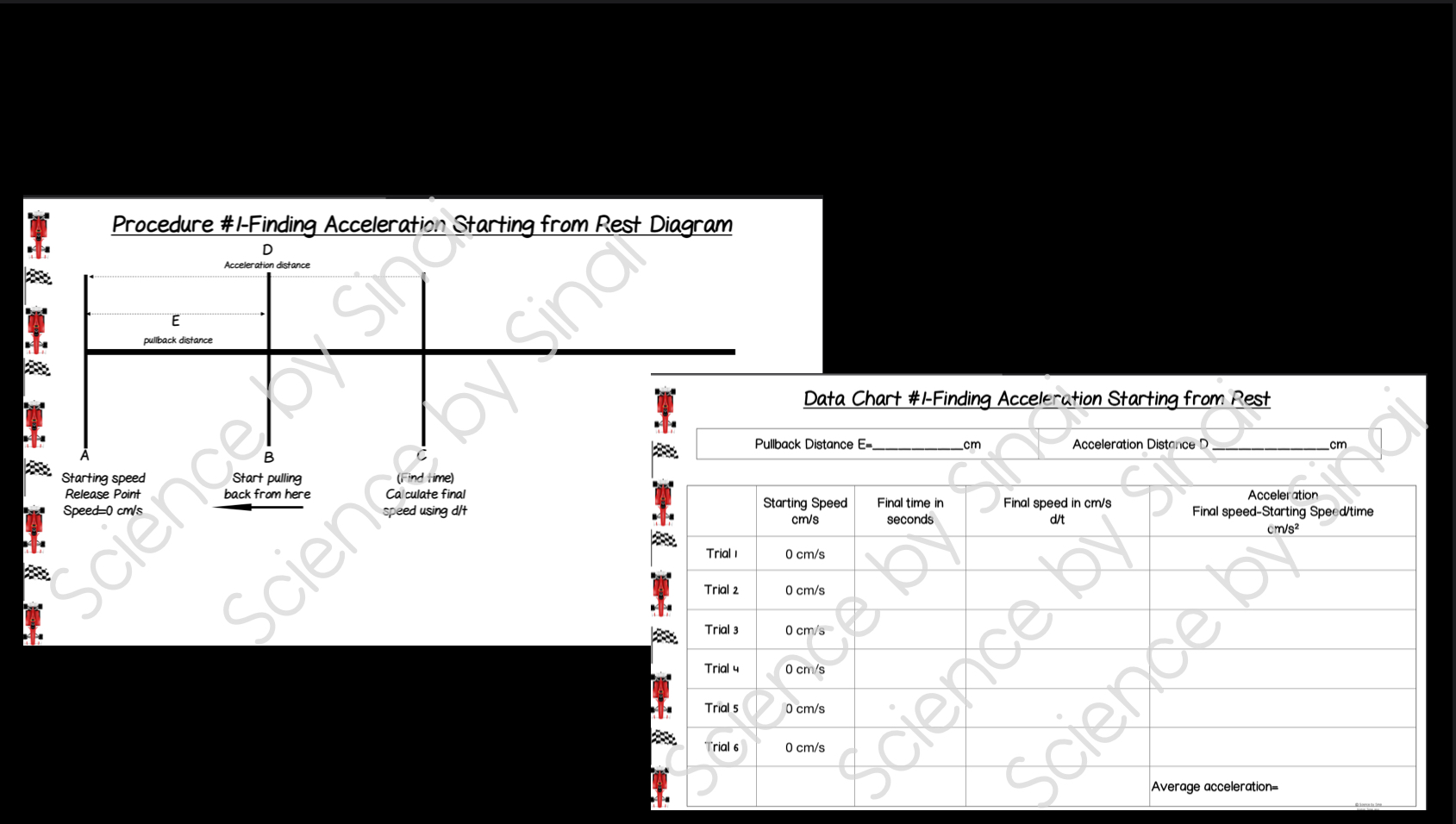
Finding deceleration involves changing the course so that the students find the starting speed and then the final speed. They need to either have two kids on a stopwatch or use the lap feature on the stopwatch.
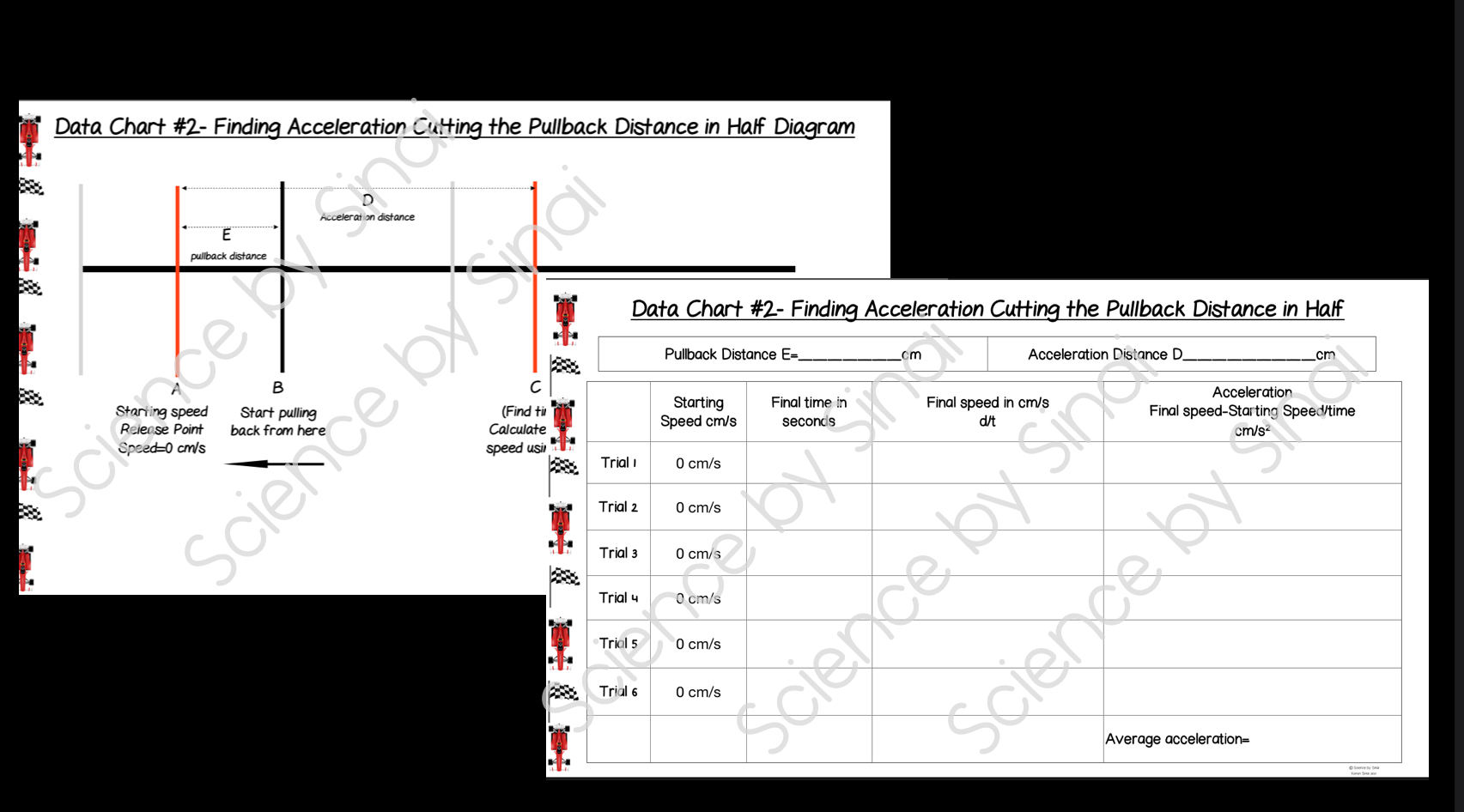
Note: One tip we figured out is that the deceleration distance must be started when the car actually starts to decelerate. They need to test the car a few times to establish this distance. If this isn’t done, students will get a positive rather than negative deceleration rate because the car will continue accelerating during that distance.
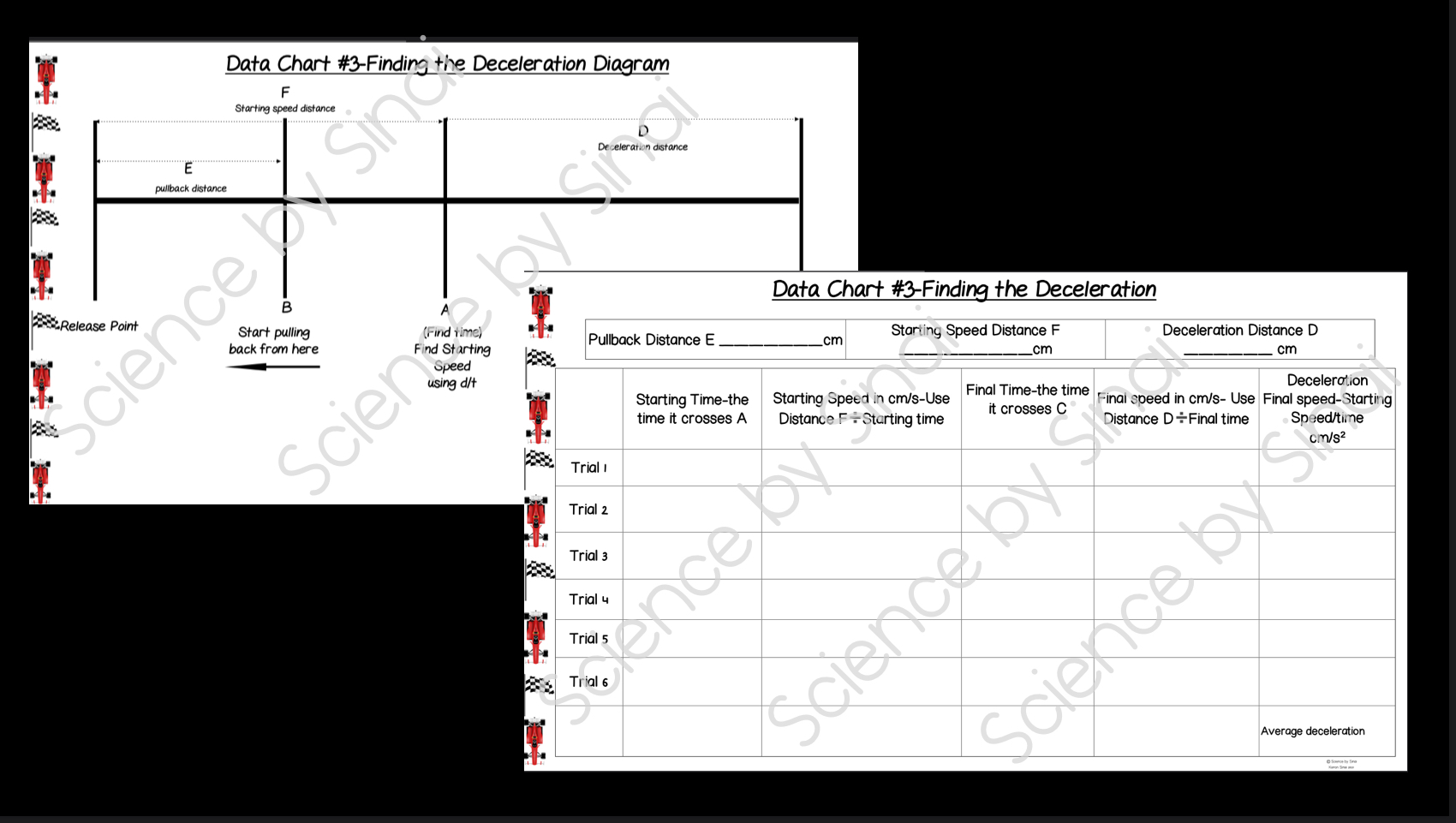
Seeing acceleration visually on the floor makes a huge difference in comprehension! Only when they are finished with this lab do I give them practice problems plus reflection and CER activities.
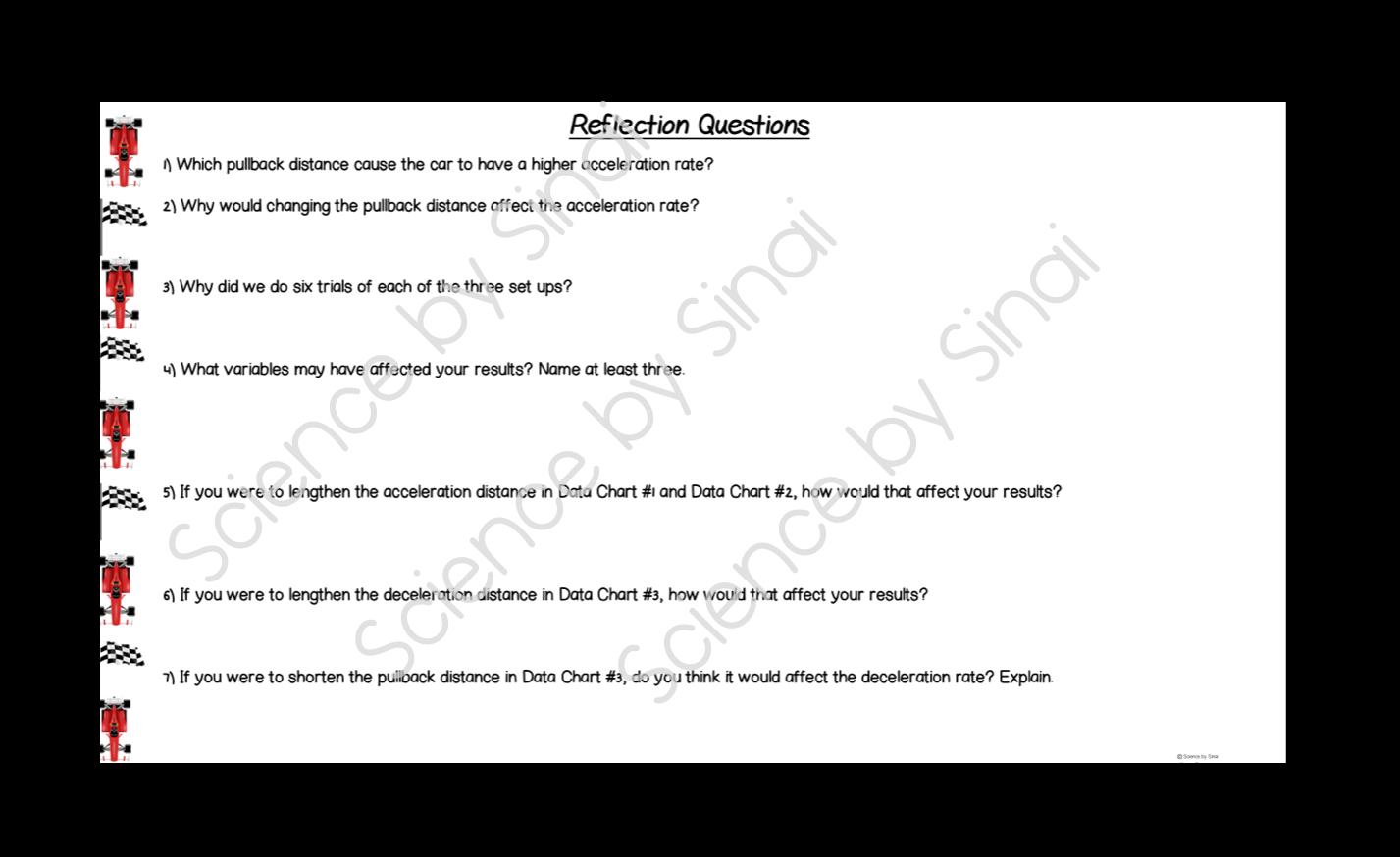
Pulling Speed and Acceleration All Together
I always prefer to teach with hands on activities first and then teach the formulas. This way the visual, fun memory helps students comprehend the “mathy” part of the concept. They can refer to their digital science notebooks for pictures and videos that they took as they did the labs.
I use these review sheets to help them practice the acceleration formula.
